Replicas Patek vs. Original Movement: Navigating the World of Reproduction
May 25th, 2012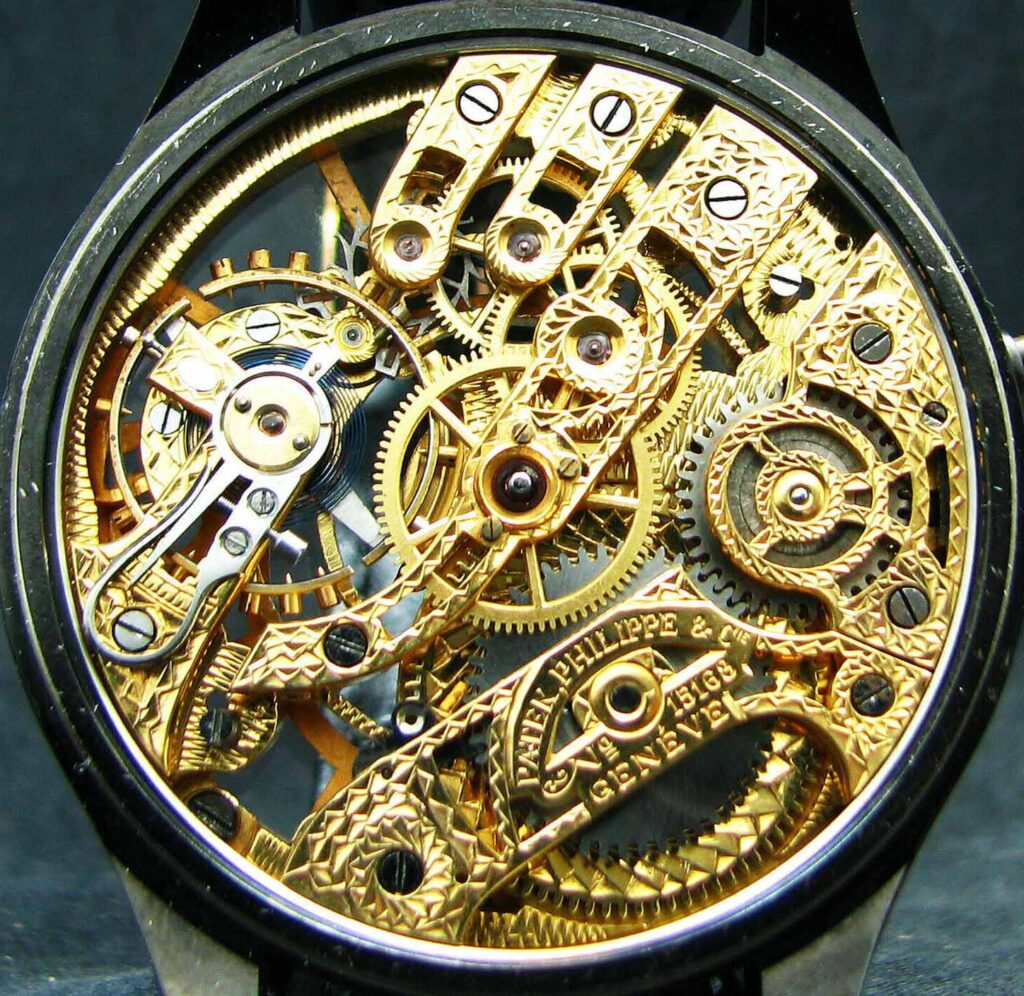
Authentic Patek Philippe Movements:
- Patek Philippe movements are known for their exquisite craftsmanship and precision. The brand has a long-standing reputation for creating exceptional, handcrafted movements that adhere to the highest standards of horology.
- Each authentic Patek Philippe movement undergoes meticulous assembly and quality control by master watchmakers, ensuring unparalleled accuracy and reliability.
- Authentic Patek Philippe movements often feature intricate complications, such as perpetual calendars, tourbillons, and minute repeaters, showcasing the brand’s dedication to innovation.
Replica Patek Philippe Movements:
- Replica Patek Philippe movements attempt to mimic the aesthetics and basic functions of genuine Patek Philippe movements, but they lack the same level of craftsmanship, precision, and quality control.
- Replicas are typically mass-produced, using lower-quality materials and less stringent manufacturing processes. As a result, they may be less accurate and durable than their authentic counterparts.

Materials and Components
Authentic Patek Philippe Movements:
- Patek Philippe uses high-quality materials, such as 18K gold, platinum, and stainless steel, to create their movements. The components are meticulously finished and often embellished with intricate decorations.
- Authentic Patek Philippe movements incorporate cutting-edge technology and proprietary innovations to ensure long-term reliability and performance.
Replica Patek Philippe Movements:
- Replica movements commonly employ lower-grade materials and may lack the fine finishing and attention to detail seen in authentic movements.
- While some replicas attempt to mimic the materials used in authentic Patek Philippe movements, they often fall short in terms of quality and durability.

Authentic Patek Philippe Movements:
- Authentic Patek Philippe movements are designed with precision, making them function smoothly and accurately. They are typically adorned with beautiful, hand-finished details and engravings.
- The movements in genuine Patek Philippe watches are often viewable through a transparent case back, allowing watch enthusiasts to admire the intricate inner workings of the timepiece.
Replica Patek Philippe Movements:
- Replica movements may imitate the appearance of authentic movements but can fall short in terms of functionality and aesthetic details. They often lack the finesse and precision of genuine Patek Philippe movements.
- Replicas may not have the same level of attention to detail, and their inner workings may not be as visually appealing as those of authentic Patek Philippe watches.

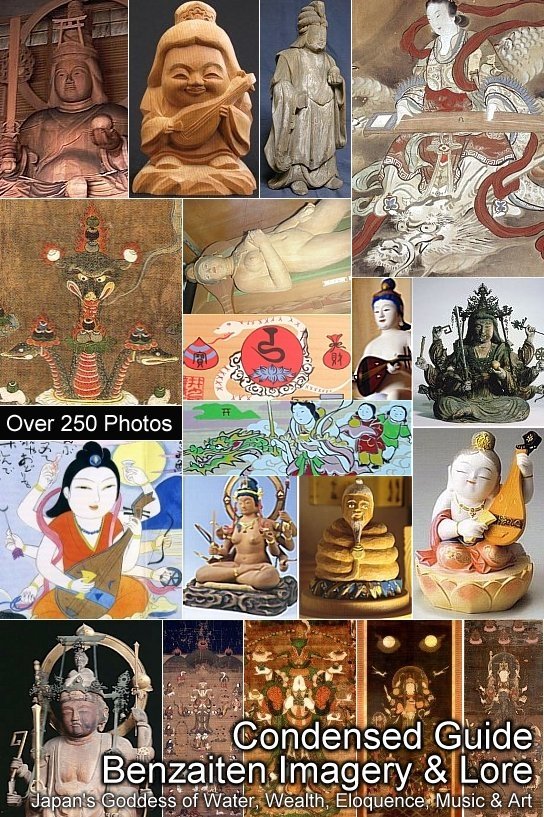

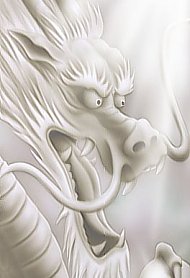
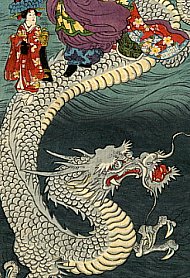
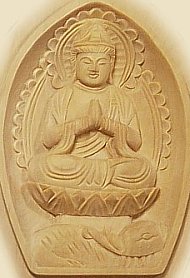
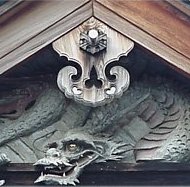
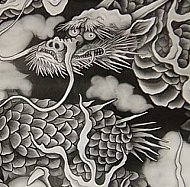
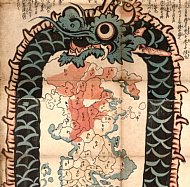
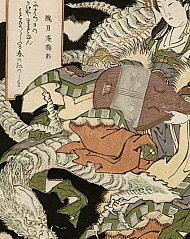
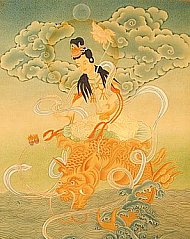
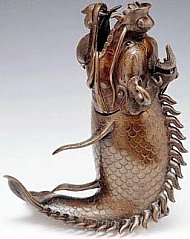
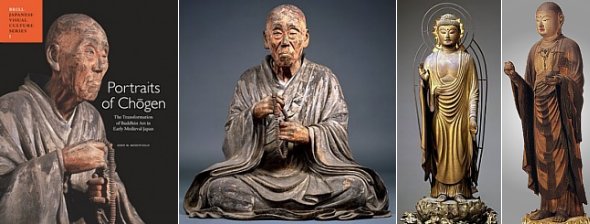 To order the book online, see
To order the book online, see 



